Commercial Flooring Solutions for Restaurants, Bakeries, and Food Processing Facilities
When it comes to the food service and processing industries, the flooring you choose isn’t just about aesthetics or comfort—it’s about safety, durability, and hygiene. From busy kitchens in restaurants to the high-demand environments of bakeries and food processing facilities, the flooring you select plays a critical role in the success of your business. This article delves into epoxy flooring for food Processing facilities.
Why Choosing the Right Flooring Matters
In environments like restaurants, bakeries, and food processing facilities, floors are subjected to constant wear and tear. From heavy foot traffic to spills, grease, and high-temperature conditions, the floor must withstand everything thrown at it. Selecting the wrong type of flooring can lead to accidents, costly repairs, and even health violations. The right commercial flooring solution ensures a clean, safe, and efficient workspace, all while providing value for money over the long term.
Factors to Consider When Choosing Commercial Flooring
Selecting the appropriate flooring for food-related industries necessitates careful consideration of several crucial factors. Durability is paramount, as the flooring must withstand heavy foot traffic, potential impacts from dropped items, and the weight of heavy machinery. It should resist cracking, peeling, and premature wear, ensuring longevity in demanding environments. Hygiene and cleanliness are equally vital, requiring resistance to bacteria, mold, and water damage. Non-porous materials are often preferred to facilitate easy cleaning and maintain strict hygiene standards, which are non-negotiable in these settings.
Beyond durability and hygiene, slip resistance is essential for preventing workplace accidents in potentially wet or greasy environments. Temperature resistance is also critical, especially in areas exposed to high heat from ovens or cooking equipment, as the flooring must withstand temperature variations without warping or deteriorating. Finally, while functionality takes precedence, aesthetic appeal plays a significant role, particularly in customer-facing areas like restaurants. A clean, polished floor contributes to a positive dining experience, reinforcing perceptions of quality and attention to detail.
 Popular Flooring Options for Restaurants, Bakeries, and Food Processing Facilities
Popular Flooring Options for Restaurants, Bakeries, and Food Processing Facilities
For high-traffic and demanding environments like commercial kitchens and food processing facilities, epoxy flooring stands out as a robust solution. Its resin-based composition creates a durable, chemical-resistant, and non-porous surface, crucial for maintaining hygiene and preventing bacterial growth. While installation can be time-consuming and the surface may be hard underfoot, its longevity and ease of cleaning make it a preferred choice.
Vinyl flooring offers a versatile and cost-effective alternative for restaurants and bakeries. Available in various styles and textures, vinyl can mimic high-end materials while providing comfort and slip resistance. However, it is susceptible to scratches, damage from sharp objects, and fading from sunlight exposure. Rubber flooring, with its cushioned surface and resistance to moisture, stains, and slips, is another excellent option for these industries, reducing staff fatigue and ensuring safety, though it can tear or become slippery when wet if not properly maintained.
Concrete flooring, particularly when treated and sealed, proves highly durable and suitable for food processing facilities with heavy machinery. Polished concrete also offers a modern aesthetic for restaurant environments. Despite its durability and ease of cleaning, concrete can be hard and uncomfortable for prolonged standing and prone to cracking if not installed correctly. Finally, quarry tile, made from natural clay, provides a durable, slip-resistant, and easy-to-clean surface ideal for high-traffic areas requiring strict hygiene. While hard underfoot and requiring proper sealing, its longevity and resistance to stains and chemicals make it a reliable choice.
Sustainable and Eco-Friendly Flooring Options
In response to growing environmental awareness, food businesses are increasingly adopting sustainable flooring alternatives such as bamboo, cork, and recycled rubber. Bamboo, a rapidly renewable resource, offers moisture resistance and durability suitable for high-traffic areas, although it performs best in dry environments. Cork provides a soft, cushioned surface beneficial for employees standing for extended periods and is naturally resistant to water and mold, making it suitable for kitchens and bakeries. Recycled rubber flooring presents a durable, slip-resistant, and environmentally responsible choice for various commercial settings, including food processing facilities, effectively minimizing environmental impact while delivering high performance.
 How to Maintain Commercial Flooring in Food Environments
How to Maintain Commercial Flooring in Food Environments
Maintaining the longevity and hygiene of any flooring solution hinges on proper maintenance, encompassing regular cleaning and timely repairs. Adhering to manufacturer-recommended cleaning procedures, typically involving mops, brooms, and non-abrasive cleaners for most commercial flooring, is essential, with periodic deep cleaning recommended for surfaces like epoxy and concrete. Sealing concrete and quarry tile, and applying protective coatings as needed, prevents stains and moisture penetration, thereby extending the floor’s lifespan. Addressing damage such as chips, cracks, or discoloration promptly, whether by replacing damaged tiles or resealing epoxy floors, is crucial to preventing further deterioration and preserving the floor’s aesthetic and structural integrity.
Epoxy Flooring for Food Processing Facilities
Selecting the right flooring for your restaurant, bakery, or food processing facility is a crucial decision that impacts safety, cleanliness, and overall efficiency. By considering factors such as durability, slip resistance, and ease of maintenance, you can ensure that your business operates smoothly and stays in compliance with health and safety standards. With the right flooring solution, you can enhance your customers’ experiences, create a safer work environment for your staff, and improve the longevity of your space.

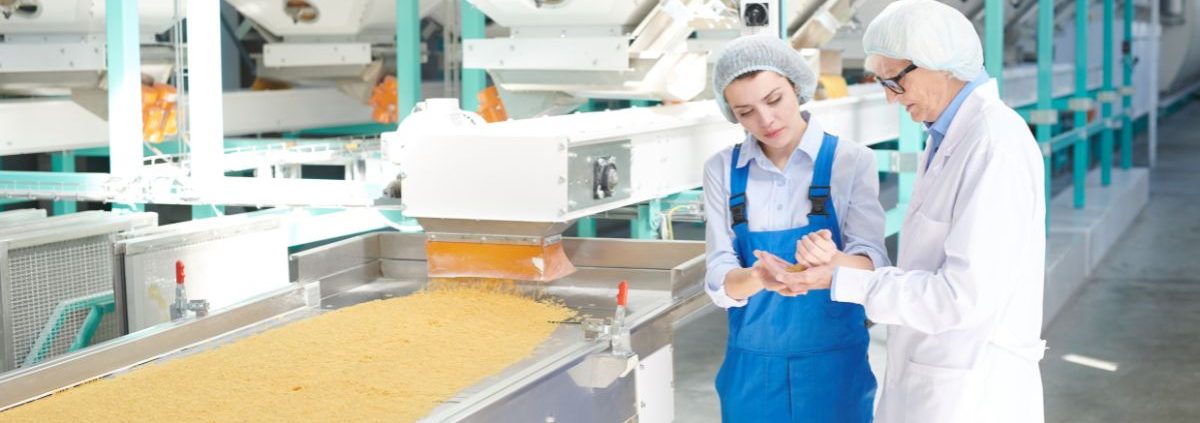
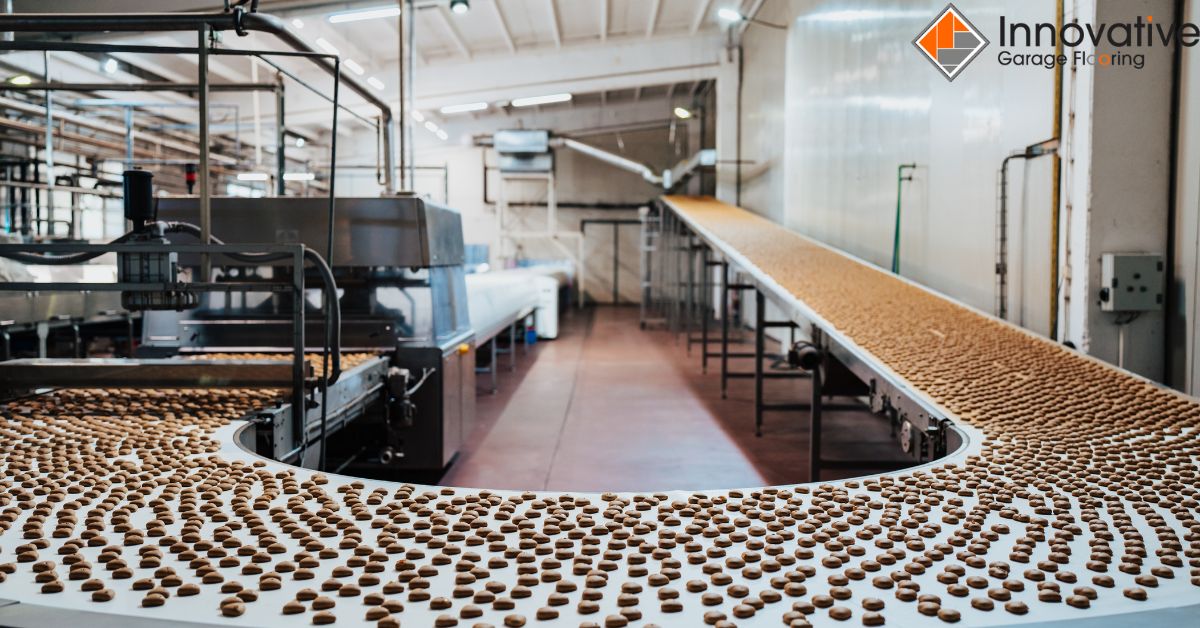 Popular Flooring Options for Restaurants, Bakeries, and Food Processing Facilities
Popular Flooring Options for Restaurants, Bakeries, and Food Processing Facilities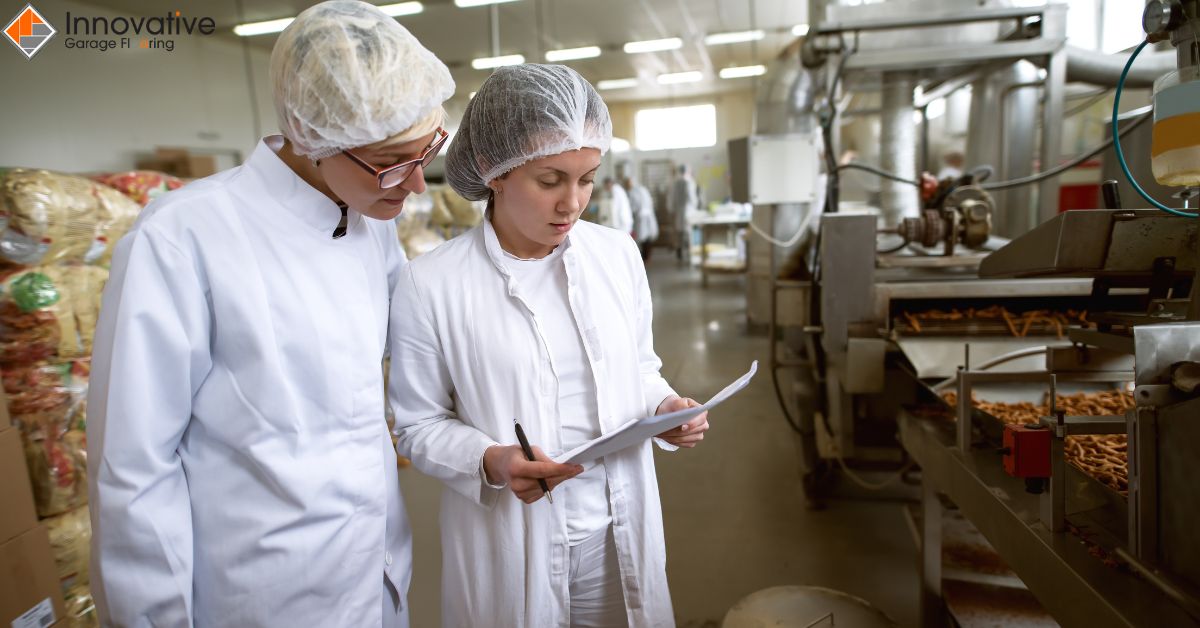 How to Maintain Commercial Flooring in Food Environments
How to Maintain Commercial Flooring in Food Environments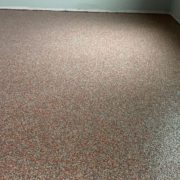

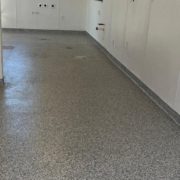
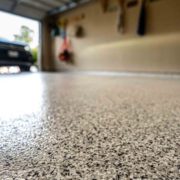
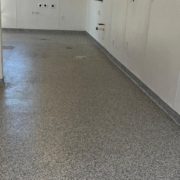


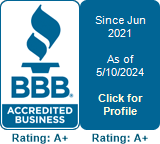



Leave a Reply
Want to join the discussion?Feel free to contribute!